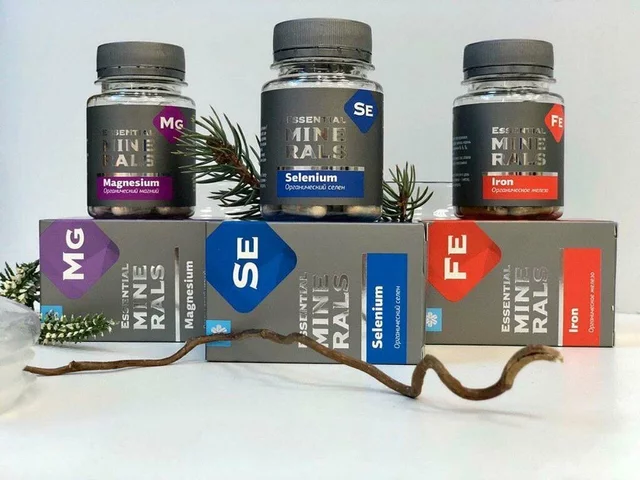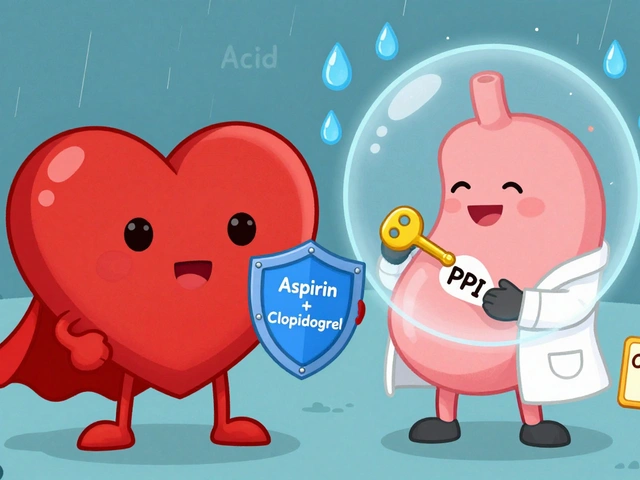Simvastatin Alternatives: What to Try If Simvastatin Isn’t Right
Getting muscle pain, worrying about interactions, or not hitting your LDL target? You’re not stuck with simvastatin. There are solid alternatives—some are other statins, others work a different way. Here’s a clear guide to options, what they do, and when to talk to your doctor.
Prescription alternatives that lower LDL effectively
Other statins: Atorvastatin and rosuvastatin usually lower LDL more than simvastatin. If your LDL isn’t low enough or you have side effects on simvastatin, your doctor may switch you to one of these. They act the same way but differ in strength and how often they interact with other drugs.
Ezetimibe: This pill blocks cholesterol absorption in the gut. Alone it lowers LDL moderately (often 15–20%), but it’s very useful when added to a statin. People who can’t tolerate high-dose statins sometimes use ezetimibe plus a low-dose statin to get better LDL drops with fewer side effects.
PCSK9 inhibitors: These are injectable drugs (like evolocumab or alirocumab) that can cut LDL a lot—often 50% or more. They’re usually reserved for people with very high cholesterol, genetic conditions, or those who can’t take statins. They work well but cost more and require injections every few weeks.
Bile acid sequestrants and fibrates: Bile acid sequestrants (eg, cholestyramine) can lower LDL and are useful if other drugs aren’t tolerated, but they can cause constipation and interfere with absorption of other meds. Fibrates mainly target triglycerides, so they’re chosen when high triglycerides are the main problem, not LDL.
Non-prescription options and lifestyle moves that matter
Lifestyle changes can make a big difference. Cutting saturated fats, losing even 5–10% body weight, adding soluble fiber (oats, beans), and regular brisk activity lower LDL and improve overall heart risk. These changes also help medications work better, sometimes allowing lower doses.
Supplements: Omega-3 fish oil helps triglycerides but barely moves LDL. Red yeast rice contains a naturally occurring statin-like compound and can lower LDL, but quality varies and it may cause the same side effects or interactions as prescription statins. Talk with your doctor before trying it.
What to watch for: If you switch drugs or stop simvastatin, your doctor will likely check a lipid panel, liver tests, and ask about muscle symptoms. Also mention all medicines and supplements you take—grapefruit, some antibiotics, and antifungal drugs can interact with simvastatin but not necessarily with every alternative.
How to decide: The right choice depends on how much LDL needs to drop, your side effects, other health conditions, and cost or insurance coverage. Ask your clinician about realistic LDL targets and a stepwise plan—often lifestyle first, then medication changes or add-ons.
If you’re worried about side effects or interactions, don’t stop simvastatin on your own. A safe switch or addition can protect your heart while reducing unwanted effects. Your doctor can help you pick the best, safest alternative for your situation.




